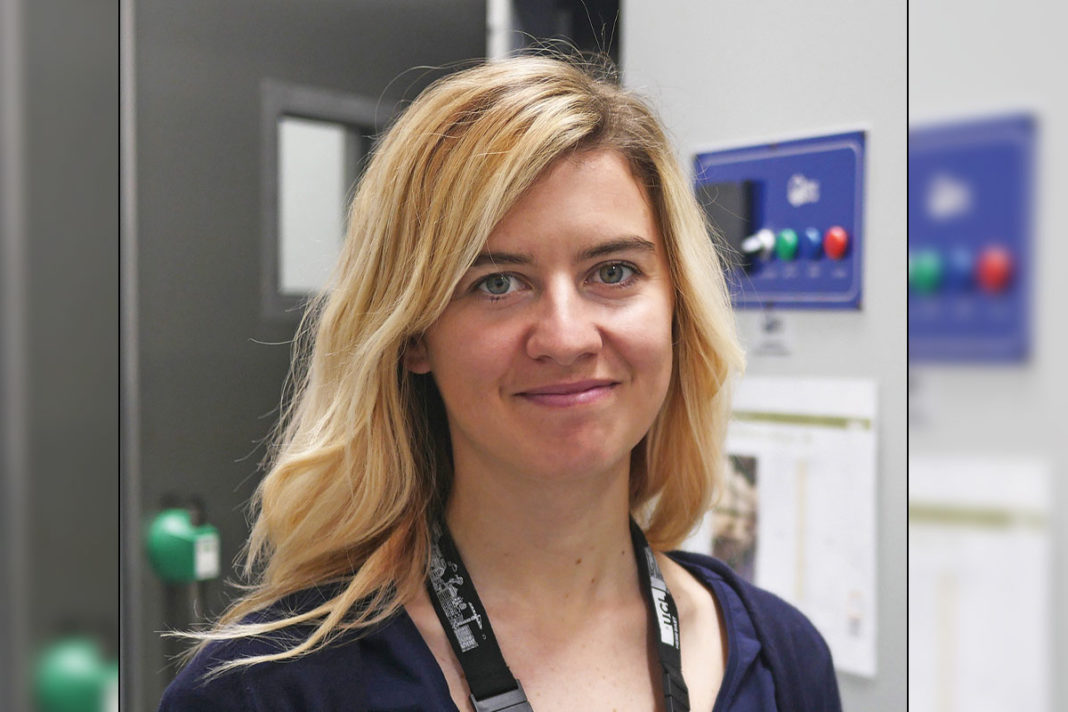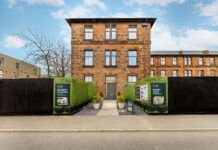
THE digitisation of some of Britain’s oldest buildings could see them survive long into the future and comply with impending carbon targets, an expert in building physics and structural moisture has revealed.
Dr Valentina Marincioni, of University College London (UCL), told Project Scotland of the work being done on the concept of smart buildings and digital engineering, and how it could help to achieve net zero ambitions.
“The programme that we have allows engineers and building professionals to move into a data-driven world to answer the challenges associated with climate change,” the Smart Buildings and Digital Engineering MSc lecturer explained. “So, complex challenges that can be tackled by understanding the (building) data and acting upon evidence.”
Smart buildings utilise embedded technology such as artificial intelligence, Internet of Things (IoT) sensors and augmented reality to provide economical, comfort and health and safety-related benefits to occupants, as well as live data on the building’s performance – which can advise on anything from the performance of construction materials to space being utilised. “With smart buildings we can understand how buildings really perform and we can act upon it – it’s exciting times,” Dr Marincioni said. “In the past we’ve tried to simplify it as much as we could, whereas now you really need to drive the complex tasks such as managing traditional buildings.
“The impact of the future on these buildings has to be understood, and we have a lot more information now to forecast those impacts. It’s very exciting what we can do with our existing data, and it’s also very exciting how this data can help us make sensible decisions now for the future, and I think it will also help fill in the gap between academic research and industry.”
The academic explained that clients and governments keen for accurate data on building performance will be key drivers in construction.
“It depends on the driver. If a local government, or a client, is really interested in the performance of the building – its durability, the operation and energy usage – then smart systems will take a big role soon. If there is no interest, or if design is always a tick box exercise, and everything is based on models without real data, we will always lag behind and smart systems won’t find a place.
“What I’ve found in the construction industry is that some people are scared of feedback – people are afraid of legal implications of feedback, and smart buildings can do that; they provide real, live data and data that is very, very important for the operation of a building. But sometimes they are not the data you wish for – that’s the challenge.
“We need to use this data and we need drivers from government, local authorities and large clients to really understand the operation of a building and act upon it – we need the drivers.”
Despite it most commonly being new-build facilities that utilise smart building technology – such as HFD’s Group’s Glasgow base and The Edge in Amsterdam – Dr Marincioni said that it’s ‘not too difficult’ to retrofit a traditional building into a smart one. She added that, a few years ago, smart buildings appeared much more futuristic as they were laced with digital dashboards, whereas now it’s more about an infrastructure of sensors.
“In my niche, which is retrofit of traditional buildings, smart buildings are not widespread,” she said. “But, if we get it right in large office buildings then we can prove how valuable the systems are – so, for example, at UCL we have a number of buildings that are fitted with the latest technology and IoT for our campuses. We are aiming to use that as a living lab as a way to show how useful smart systems are for new and existing buildings so hopefully we get over the resistance to change.”








